西禅寺荔香楼素菜馆(工业路店)
No comments yet
|$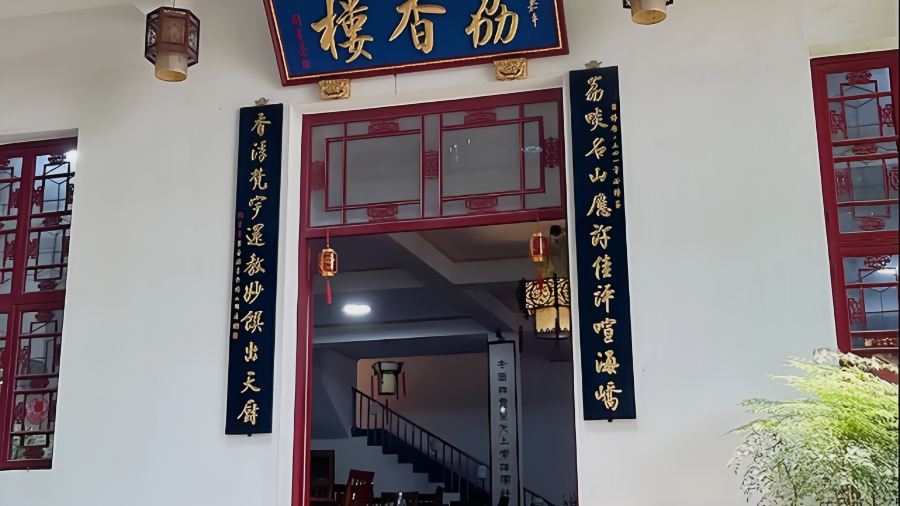
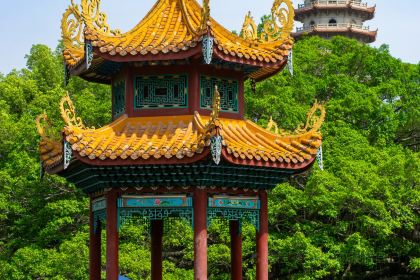
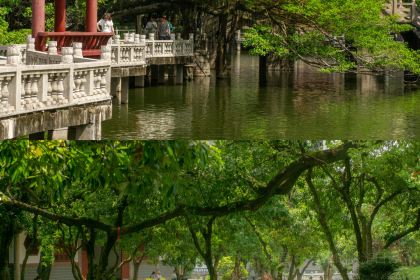
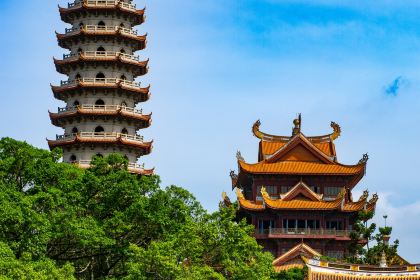
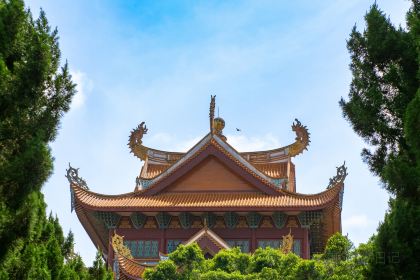
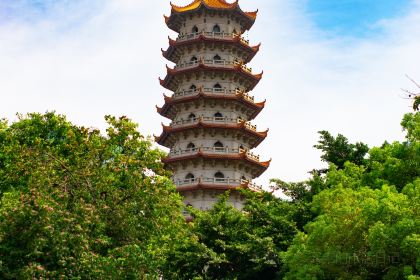
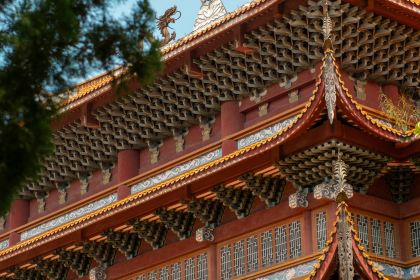
More
Open Now|09:00-17:00Show more
+8683796751
Inside Xizen Temple, 455 Gongye Road
 xieritaThe temple environment is very good, with flying birds and carp, ancient trees and ponds, and a vegetarian meal, very comfortable. Walk around and see the Thousand-armed and Thousand-eyed Guanyin in the Guanyin Pavilion, which is said to be made of 29 tons of brass, and is also a treasure here.
xieritaThe temple environment is very good, with flying birds and carp, ancient trees and ponds, and a vegetarian meal, very comfortable. Walk around and see the Thousand-armed and Thousand-eyed Guanyin in the Guanyin Pavilion, which is said to be made of 29 tons of brass, and is also a treasure here.Reviews of 西禅寺荔香楼素菜馆(工业路店)
Some reviews may have been translated by Google Translate
0/5
All (8)
Latest
Photo reviews (2)
The following is a list of nine must-see attractions in Fuzhou (Gushan Mountain, Three Lanes and Seven Alleys, Xichan Temple, Yantai Mountain, Shangxiahang, Fudao, Fujian Provincial Museum, and West Lake): Gushan Mountain Gushan Mountain, located on the north bank of the Minjiang River, is one of Fuzhou's most famous scenic spots. Its main peak, at 969 meters, is named for the drum-shaped boulder atop it, which makes a resembling sound in wind and rain. It is a National Scenic Area and a National 4A-level Tourist Attraction. Since the Jin Dynasty, it has been considered one of the "Two Wonders of Fujian" along with Qishan Mountain, and has been a top tourist attraction in Fuzhou since ancient times. You can hike along the winding mountain trails, admiring the natural scenery and historical sites along the way, experiencing the interplay of sweat and perseverance. Alternatively, you can take a cable car for a panoramic aerial view of Gushan Mountain and Fuzhou's cityscape. The evening sunset, especially, casts a romantic and spectacular light on every corner of the city. Three Lanes and Seven Alleys Three Lanes and Seven Alleys is known as a "living fossil of the Lifang system" and a "Museum of Ming and Qing Dynasty Architecture." Originating in the Jin Dynasty, it took shape during the Tang and Five Dynasties, reached its peak during the Song Dynasty, and reached its peak during the Ming and Qing Dynasties. Over 200 Ming and Qing dynasty houses are scattered throughout the area, their whitewashed walls and black tiles, horse-head walls, and carved doors and windows embodying the ancient charm of Fujian. Strolling through the alleys feels like stepping back in time to an ancient era. Hundreds of historical figures, including Yan Fu, Lin Zexu, and Bing Xin, have lived here, imbuing the area with a rich cultural heritage. You can also experience intangible cultural heritage crafts like Shoushan stone carving and Fuzhou oil-paper umbrellas, and savor local specialties like Yonghe fish balls and Tongli meat dumplings. Xichan Temple One of Fuzhou's five major Zen temples, Xichan Temple was founded in the eighth year of the Xiantong reign of the Tang Dynasty, boasting a thousand-year history. It is a national AAAA-level tourist attraction. The temple's buildings are arranged along two axes. The central axis features traditional structures such as the Three Gate Pavilion, the Heavenly King Hall, the Bell Tower, and the Drum Tower. The other axis runs from the Nine-Curve Bridge over the Free Life Pond to the Bao'en Pagoda, surrounded by the Sutra Repository and Mingyuan Pavilion. Standing at 67 meters, the Bao'en Pagoda is the tallest stone pagoda in China. A Song Dynasty lychee tree still flourishes in the courtyard behind the Main Hall. The temple, surrounded by red plum blossoms, lush bamboo, ancient pines and lychees, stands in stark contrast to the towering skyscrapers outside, creating a majestic and imposing scene. Yantai Mountain Located on Meiwu Road in Cangshan District, Yantai Mountain was once a vital gateway for Fuzhou's international exchanges, boasting a rich historical and cultural heritage and unique architectural style. Numerous modern foreign consulates, churches, and trading houses, each of diverse styles, imbued with an exotic charm, remain on the mountain. Strolling along the paths of Yantai Mountain, you'll admire these ancient buildings and experience the rich tapestry of history and the fusion of cultures. Yantai Mountain also boasts numerous artistic cafes, bookstores, and creative shops, offering a blend of history and modern leisure. Shangxiahang The Shangxiahang Historical and Cultural District is known as the "Fuzhou Traditional Commercial Museum." Once Fuzhou's commercial center and shipping port, it earned the nickname "Fuzhou Traditional Commercial Museum." Ancient bridges like Santong Bridge and Xing'an Bridge span the river, connecting the ancient streets and alleys on both sides. The ancient buildings lining the streets, mostly guild halls, trading houses, and residential buildings from the Ming and Qing dynasties, are exquisitely decorated with carved beams and painted rafters. Today, after renovations, Shangxiahang retains its original historical charm while incorporating modern commercial elements. It boasts numerous unique restaurants, bars, and cultural and creative shops. At night, the area illuminates, reflecting the ancient bridges and flowing water, creating a unique charm. Fudao Fudao, also known as the Fuzhou Urban Forest Trail, stretches like a green ribbon through the city's mountains and forests. Crafted from a hollow steel frame, the Fudao boasts numerous viewing platforms along the way, offering panoramic views of the city and the mountains. Walking along Fudao feels like being in the embrace of nature, breathing in the fresh air, admiring the surrounding lush greenery and mountains, and experiencing the perfect fusion of city and nature. The night view of Fudao is also breathtaking, with the entire trail illuminated, complementing the city's nightscape, creating a dreamlike experience. Fujian Provincial Museum The Fujian Provincial Museum is a provincial comprehensive museum integrating cultural relic preservation, archaeology, history, natural specimens, and art research. It houses a vast collection of cultural relics and artworks, including many precious historical artifacts and artworks, such as pottery unearthed from the Tanshishan cultural site, bronzes from the Bronze Age, porcelain from the Tang and Song dynasties, and calligraphy and paintings from the Ming and Qing dynasties. These artifacts bear witness to the historical changes and cultural development of Fujian, allowing you to appreciate its beauty while gaining a deeper understanding of Fujian's history and culture. West Lake Fuzhou West Lake Park is a long-established free park in Fuzhou. Xin Qiji once wrote here, "Misty rain is better when the sun is clear, like Xi Shi before she married." West Lake Park boasts a rich history, boasting rippling emerald waters, swaying willows, and a collection of pavilions and towers. Enjoy a boat tour of West Lake, admiring the stunning scenery, or simply relax in a lakeside pavilion. The park also houses cultural venues like the Fujian Museum and the Lin Zexu Memorial Hall, allowing you to enjoy both natural beauty and cultural enrichment. #MyCityDragonBoatRace #MyLegoland #SonglikeJourney #FollowChengHuanJiTravelShanghai #WonderfulMuseumTravel
Here's your guide to visiting Fuzhou's Xichan Temple! This ancient temple, a little-known gem brimming with historical charm, is here! Save this super detailed guide! 📍Address: 180 Yangqiao West Road, Hongshan Town, Gulou District, Fuzhou ⏰Opening Hours: 8:00 AM - 5:30 PM 🎫Admission: 30 RMB/person (Great value!) 🌟Recommended Time: 9:00 AM Arrive at the temple ☀️The most comfortable time, with gentle sunshine and minimal crowds 📸Take your time to take photos without being disturbed by the crowds 10:00 AM - 11:30 AM Visit the ancient buildings 🏯Walk through the Buddhist complex 🛕Don't forget to look up at the top of the pagoda 💯The most iconic photo spot is by the releasing pond 12:00 PM Lunch at the temple 🍚The vegetarian meal is simply amazing. Be sure to try the temple's special vegetarian noodles 2:00 PM - 4:00 PM Cultural Experience 🎋Visit the Thousand Buddha Pagoda ✍️Take a class in the Sutra Copying Room Perfect return at 4:30 PM 🚗Parking is super convenient 📸Fill your phone with beautiful photos 💡Tips: 1. Bring sunscreen 2. Wear comfortable flat shoes 3. For stunning photos, wear plain clothes for a more stunning look 4. Weekends are crowded, so it's best to visit on a weekday. Bring your family and friends to experience this tranquility and peace! #FuzhouTravel #FuzhouMust-See #FuzhouTemple #FamilyTravel #FuzhouOff-The-ShelfAttractions
Fuzhou, this understated gem, has given me so many surprises! Xichan Temple, known as the "must-see" for Tang Monk's journey to the West, is a must-see. ⛩️[Xichan Temple Guide] This 1,700-year-old temple is not only one of Fuzhou's five great Zen temples, but is also renowned for the story of Tang Monk's journey to the West in "Journey to the West." Bao'en Pagoda, one of the temple's "Eight Scenic Spots," is truly magnificent. The panoramic views of Fuzhou from the tower are incredible! It's recommended to visit before 9 AM or after 4 PM to avoid the scorching sun and enjoy the most beautiful light and shadows. 📍Xichan Temple Lixianglou Vegetarian Restaurant (Gongye Road Branch) This must-see vegetarian restaurant is right next to Xichan Temple! This long-established restaurant, open for over 20 years, serves excellent food. Recommended signature dishes include: 1⃣️ Lychee Pork (Vegetarian): Crispy on the outside and tender on the inside, with a perfect balance of sweet and sour. 2⃣️ Vegetarian Arhat Vegetarian Restaurant: A collection of local delicacies grown within the temple, offering a rich and fresh aroma. 3⃣️ Vegetarian Buddha's Hand Crab: Authentic in appearance and delicate in texture. 🏮Temple Visiting Tips: 1⃣️ Best photo spots: Overlooking the Bao'en Pagoda, reflecting in the release pond, and at the entrances of the main halls. 2⃣️ During lychee season from April to June, you can enjoy authentic Fuzhou lychees. 3⃣️ The temple is popular with incense fans, so it's recommended to prepare small change for incense. 4⃣️ Dress elegantly and considerately; avoid short skirts or shorts. #FuzhouMust-See #ZenLife #AncientArchitecturePhotography #VegetarianFood #CityTravel
How to spend the May Day holiday? Of course, go to Fuzhou Xichan Temple. #Travelwithcutebaby